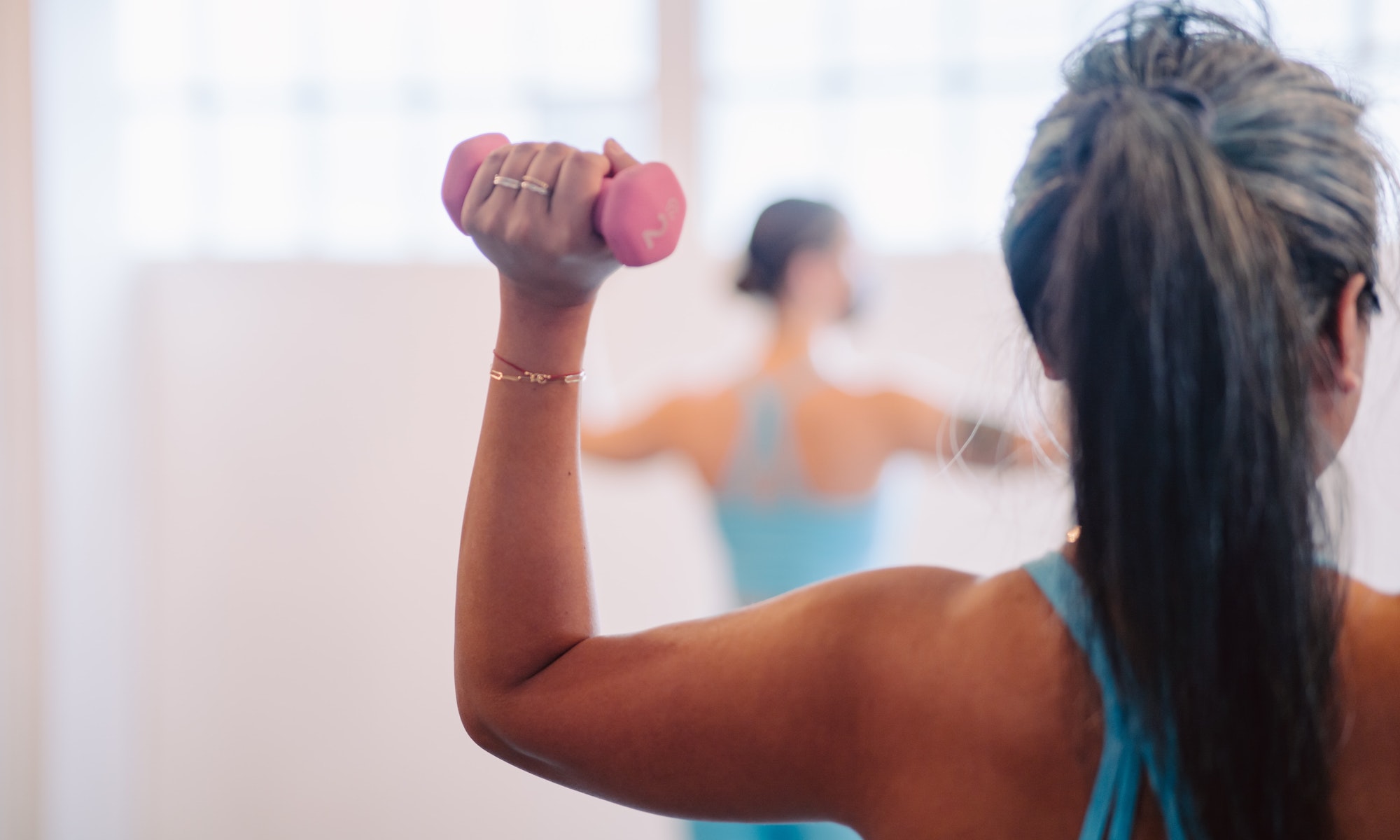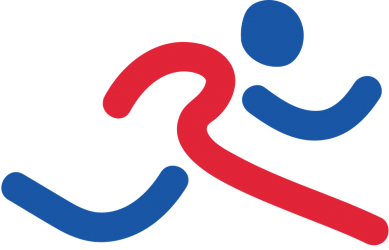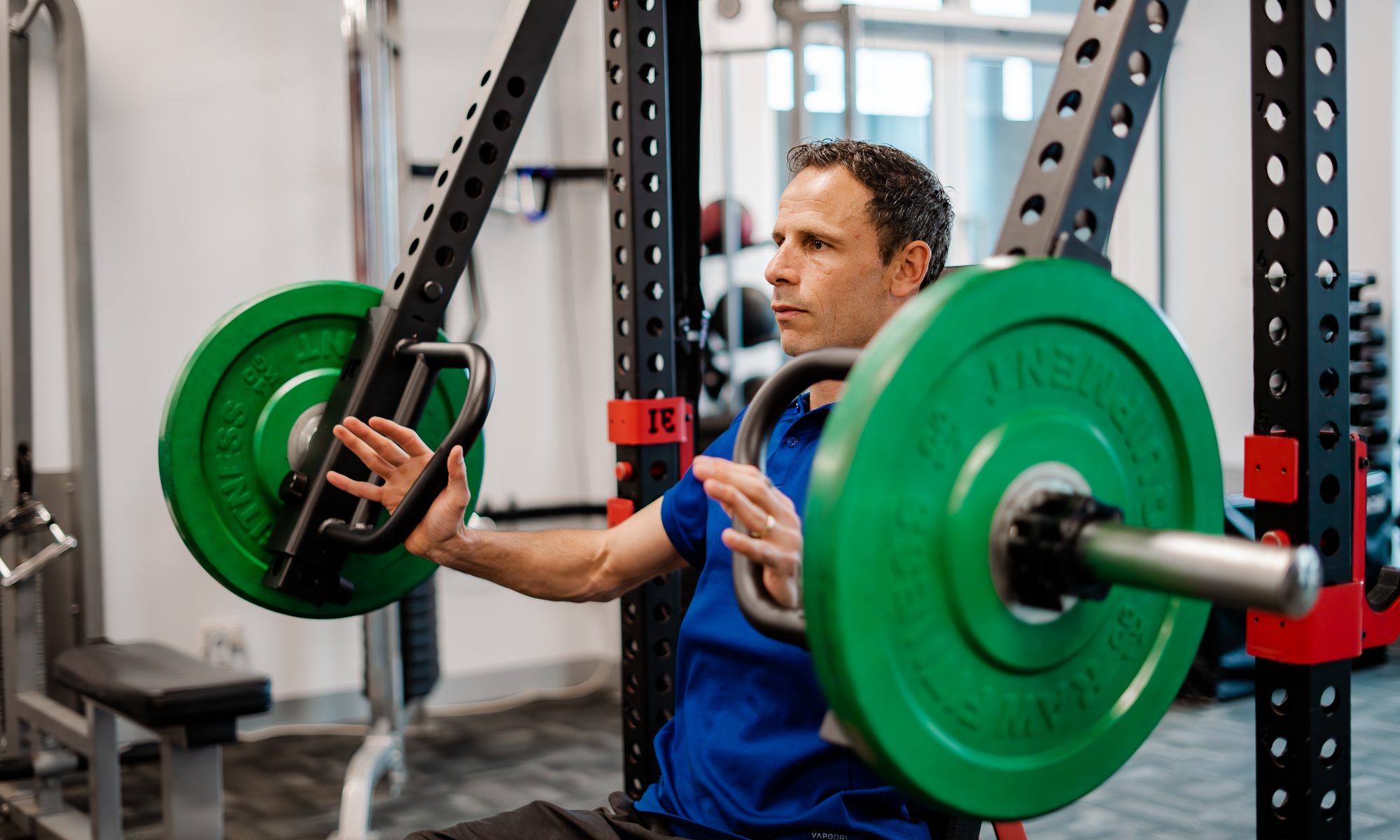Scapula Control, what is that?
Scapulohumeral rhythm doesn’t sound like it has anything to do with exercise does it? It’s a term you may not have heard, but the scapula (AKA: shoulder blade) is pretty important when it comes to managing shoulder function. Not only can it move in different planes which will be discussed later, but did you know that 17 muscles attach to the scapula?!
The scapula is an interesting part of the body, as there is no bony articulation between the scapula and the thorax. This means that the scapula is free floating and is able to move into several different positions.
The scapula can move through six different movements:
- Elevation: lifting/raising of the scapula
- Depression: lowering of the scapula
- Upward Rotation
- Downward Rotation
- Retraction
- Protraction
And, as we mentioned before, there are 17 muscles that attach to the scapula!
A big part of the kinematics of the scapula, is how the scapula moves, and that’s when scapulohumeral rhythm comes in. Scapulohumeral rhythm is important for shoulder function. When we elevate our arm, there is the upward motion that is ⅓ of the movement at the scapulothoracic joint, and ⅔ of that movement at the glenohumeral joint. So why is this important?
Shoulder movement is dynamic through several joints, including the scapula, clavicle and humerus. The muscles in the shoulder complex as well are important in any shoulder movement to help provide stability and control through those movements. When our shoulder blade movement isn’t ideal, it can cause some pressure on the structures that sit around the scapula, and could cause some discomfort, such as pinching and pain around the shoulder blade. Those with shoulder injuries are more likely to have some sort of scapular dyskinesis, highlighting the importance of strengthening those supporting muscles as well as working on mobility of the shoulder and the thoracic spine as well.
Source:
The Prehab Guys, n.d. Improve scapula control
Physio-pedia, n.d. Scapula
https://www.physio-pedia.com/Scapula
Miniato MA, Mudreac A, Borger J. 2023, Anatomy, thorax, scapula https://www.ncbi.nlm.nih.gov/books/NBK538319/#:~:text=The%20scapula%20is%20a%20flat,to%20form%20the%20shoulder%20joint.
Physio-Pedia, n.d. Scapulohumeral Rhythm


